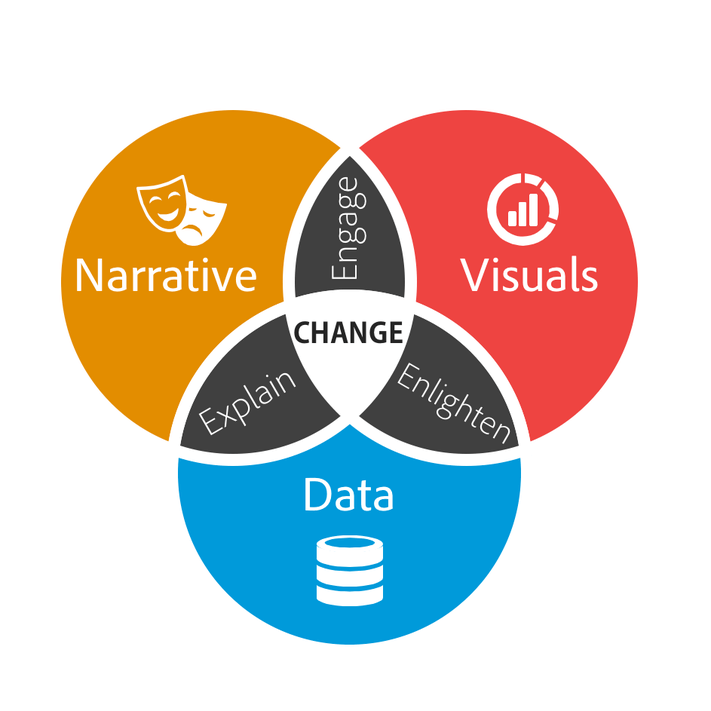By Steve Force

How to deliver? This is what my practice area is all about.
As mentioned in a previous blog post, I am a firm believer in a disciplined enterprise architecture approach that is 100% in line with business needs both present and future, while using established best practices in the choicest way possible, approaching enterprise development transformation in a powerful and transparent way.
And what about Enterprise Architecture documentation/artifacts?
This is where my approach comes in.
Rather than trying to get busy, engaged, and focused individuals to document their work in progress or past efforts, why not just grab pertinent data from their source? Sounds easy and straight-forward, doesn’t it?
Well, yes and no. Getting access to pertinent data elements might seem rather straight-forward; however, how do you know where to find it and what data is needed? This is where I come in.
I blew up my pre-conceived ideas about my EA Practice….
… then, I fully embraced long-held ideas of developing and manifesting the notion of an agile enterprise architecture, or a perpetual enterprise architecture, or a continuous enterprise architecture, or what I now call a “Data-driven Enterprise Architecture” by thinking about how ideas evolve and execute within organizations.
This method allows me to use my experience in a way where I can fully embrace how developers like to develop and evolve their systems. It also lets me meet the needs of leadership business owners and key stakeholders, as well as the classical IT management, operations, enterprise architects solutions architects developments staff, and others. I can automate through a data driven machine, learning analytics and the big data system that clearly demonstrates how modern enterprise architecture can be accomplished without blowing up, disrespecting, or making obsolete the current industry best practices.
What I do is focus on the middle: change, working with the process owners in the narrative, visuals, and data, and collaborating with stakeholders on the tasks of explaining, engaging, and helping enlighten all stakeholders.
I do this by understanding the requirements and expectations of the various stakeholders and anticipating their needs. I’m constantly looking for patterns, using best practices, data sources, etc., that can be leveraged via data science best practices with the goal being a truly data-driven ecosystem, AND THEN I DELIVER.
Experience, Knowledge, Patterns and Best Practices
My approach is a minimally disruptive but high-impact approach, keeping an eagle eye on cost while maximizing results with potentially multi-factor benefits.
It also tries to anticipate a customer’s EA needs before they are even aware of them, utilizing a proactive and prescriptive approach.
Practicing Enterprise Architects should have both immediately usable and applicable knowledge about current best practices and trends to better serve the customer. My personalized approach reflects this.
This, to me, means using Data Science/Big Data.
Enterprise Architects should not be technology or vendor aligned, and our approach to a situation should be as neutral as possible. This means, to me, Open-Source.
So, my approach leverages Open-Source technologies as much as possible. Now, this does not mean I won’t consider another approach; to the contrary, I practice my discipline in the way that makes the most sense, and hopefully provides the most immediate value to my customers.
How? Patterns and Process
How do I approach the customer’s need? Simple: by using established patterns and processes like:
- TOGAF
- ITIL 4
- As technology/vendor independent as possible
- Data science/big data
- Knowing/discovering where data elements are (source of truth)
- Utilize Open-Source technology such as:
- ElasticSearch
- Kibana
- Logstash
- ArchiMate
- Leverage patterns and code I have developed to harvest pertinent data elements
- Make use of patterns and processes I created to place those relevant into EA artifacts needed for current and future use
- Anticipating customer EA needs before they are even aware of them, taking a proactive and prescriptive approach
- Implementing thought leadership
- Executing technology leadership for and/or and creating proof of concepts (POC) for high-impact enterprise-level technology initiatives
By using this multi-step approach, customers are given a personalized experience to meet their individual needs, while receiving data driven results. These methods not only provide a solid outcome, but allow for their critical service needs to be met efficiently and exactly.
(updated Nov 30, 2021)
(updated: Aug 20, 2024)


